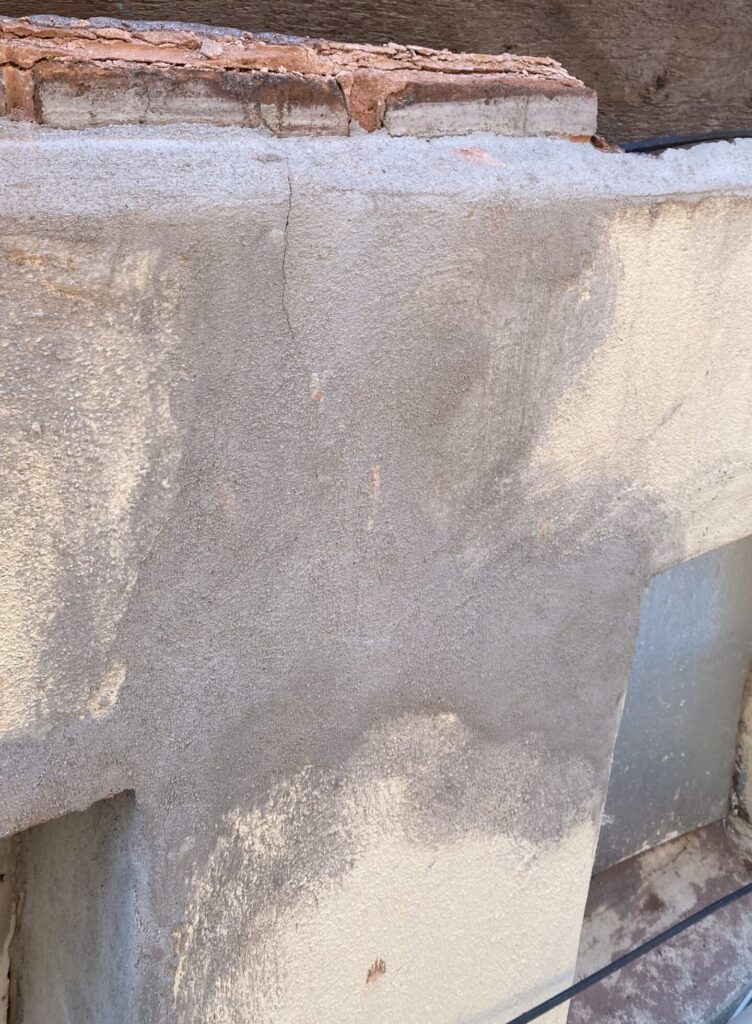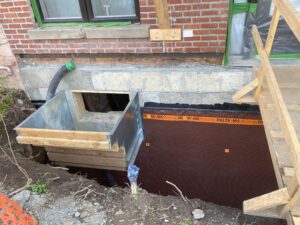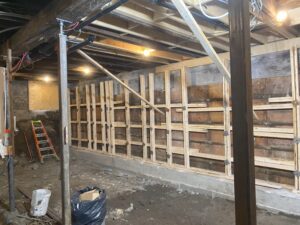
Horizontal Cracks in Foundation Walls
Foundation walls are essential to the stability and integrity of your home. However, the appearance of horizontal cracks in these walls can be a concerning issue for homeowners. Understanding the causes, risks, and potential solutions for horizontal cracks is crucial in maintaining a safe and secure living environment. In this blog, we’ll explore these factors and provide guidance on how to address horizontal cracks effectively.
1. What Are Horizontal Cracks?
Horizontal cracks are fissures that run parallel to the ground and typically indicate significant stress or pressure on the foundation wall. Unlike vertical cracks, which can be common and often minor, horizontal cracks may signify deeper structural issues that require immediate attention.
2. Causes of Horizontal Cracks
Understanding the root causes of horizontal cracks is key to addressing the issue effectively. Some common causes include:
- Soil Pressure:
Excessive hydrostatic pressure from water pooling around the foundation can push against the walls, leading to horizontal cracks. This is often exacerbated by poor drainage or inadequate waterproofing. - Soil Settlement:
As soil settles over time, it can cause shifting that puts strain on foundation walls. This shift may lead to cracks forming horizontally if the pressure is significant enough. - Freeze-Thaw Cycles:
In colder climates, repeated freeze-thaw cycles can introduce moisture into foundation walls. When this moisture freezes, it expands and can create stress, leading to horizontal cracking. - Inadequate Support:
If a foundation wall is not adequately supported—such as in cases where footings are too shallow or if there is a lack of reinforcing materials—it is more likely to experience cracking. - Structural Issues:
A poorly constructed or previously damaged foundation can be more prone to horizontal cracks. If the foundation did not receive proper engineering guidance during the build, it might be more susceptible to these types of issues.
3. Risks of Horizontal Cracks
Horizontal cracks can lead to serious problems if not addressed promptly:
- Water Intrusion: Horizontal cracks can permit water to enter the basement or crawl space, leading to moisture issues, mold growth, and further structural damage.
- Structural Integrity: These cracks often indicate that the foundation is under significant stress, which can jeopardize the stability and safety of the home.
- Increased Repair Costs: If the issue is not resolved quickly, horizontal cracks can worsen over time, increasing the need for more extensive and costly repairs.
4. Signs of Horizontal Cracks to Watch For
It’s important to be vigilant when monitoring your foundation. Look for these signs:
- Widening of existing cracks.
- New horizontal cracks appearing.
- Water pooling near the foundation.
- Signs of settling, such as uneven floors or doors and windows that stick.
5. Solutions for Horizontal Cracks
If you discover horizontal cracks in your foundation walls, consider the following solutions:
- Professional Inspection:
Engage a highly qualified building engineer or foundation specialist to assess the cracks and determine the underlying causes. They can provide expert recommendations tailored to your specific situation. - Waterproofing:

Improving drainage around your foundation can help alleviate hydrostatic pressure. Consider installing French drains, re-grading the landscaping to ensure proper drainage, and applying waterproofing membranes to foundation walls. - Epoxy Injection: For smaller cracks, injecting epoxy into the crack can help bond the concrete and restore integrity.
- Carbon Fiber Straps: For larger horizontal cracks, installing carbon fiber strips can provide additional support and prevent further cracking.
- Wall Anchors or Braces: In cases of significant wall movement, wall anchors or braces may be required to stabilize and reinforce the foundation walls.
- Underpinning:

In more severe cases, underpinning may be necessary to provide additional support to the foundation by extending it deeper into more stable soil.
Conclusion
Horizontal cracks in foundation walls can signify serious issues that require prompt attention. Understanding the causes, risks, and solutions is essential for homeowners to protect their investment and maintain a safe living environment. If you notice horizontal cracks in your foundation, don’t hesitate to consult with a highly qualified building engineer. If you need assistance or an evaluation of your foundation, Contact us today for expert advice and support tailored to your specific needs. Regular maintenance and prompt attention to foundation issues can help you avoid costly repairs and preserve the integrity of your home for years to come.

